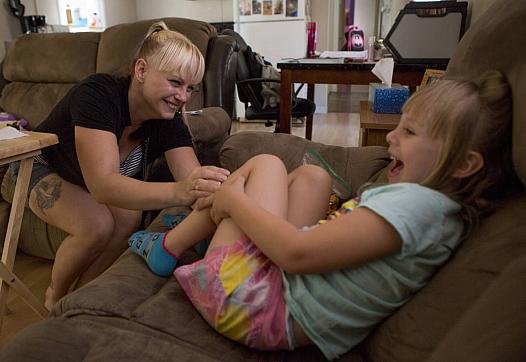
This story was produced as part of a larger project led by Rachel Dissell and Brie Zeltner, participants in the 2018 National Fellowship....

This story was produced as part of a larger project led by Rachel Dissell and Brie Zeltner, participants in the 2018 National Fellowship....

Little has been done to boost the number of affordable rental units since Harvey struck.

In Victoria, Texas, families with limited budgets face harsh realities, with exploitative landlords and a shortage of safe, affordable rental housing. Then Hurricane Harvey made everything even worse.

This reporting is supported by the University of Southern California Center for Health Journalism National Fellowship.

While personal belief exemptions from vaccines were banned in California, the state saw a subsequent rise in medical exemptions. The law's language is partly to blame, a new study says.

For 20 years, First 5 has used the tobacco tax revenue to finance health, education and other programs for infants, toddlers and preschoolers. What have we learned?

Reporter Laura Klivans followed Sabrina Hanes through her daily routine in Paradise last summer, to learn how she’s developed resilience. She caught up with Hanes after the fire to find out what happens next.

The team tells how they wrapped their arms around a huge story: the impact of violence on children in one of the most dangerous neighborhoods in one of the country’s most violent cities.

As many Paradise residents work to piece their lives back together they have the added weight of trauma from the Camp Fire.

Reporter Laura Klivans visited Paradise this summer for her reporting on childhood trauma. All the places she visited have now burned down. She takes a moment to look back.